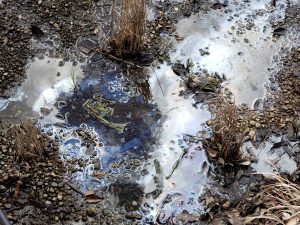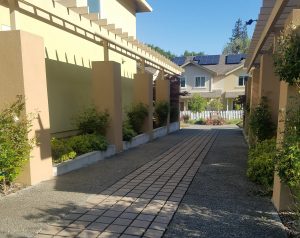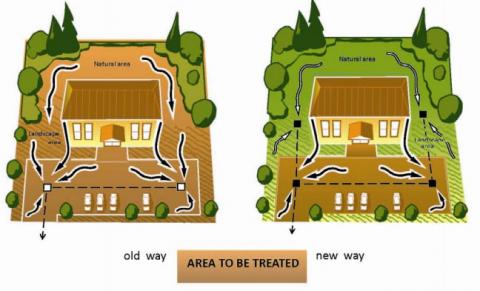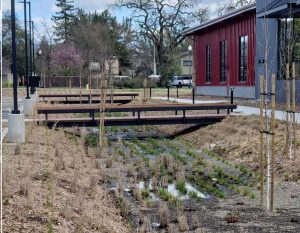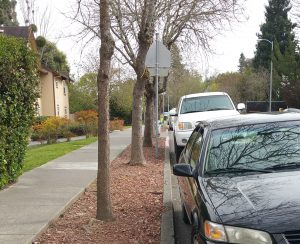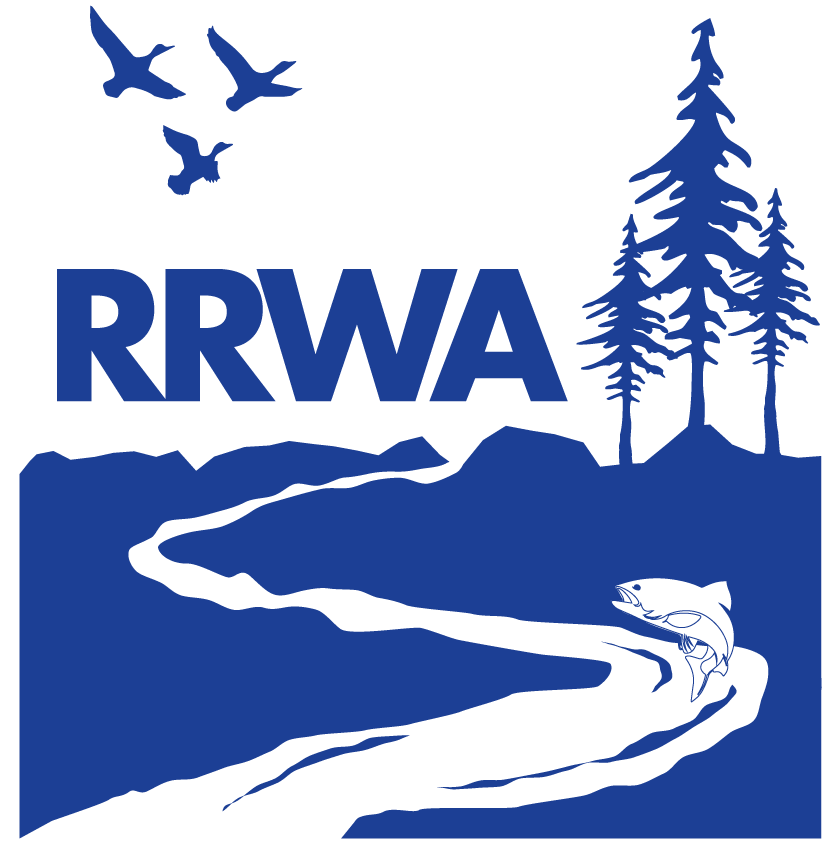2023 LID Technical Training
November 2023 Designing with Nature For a Sustainable Future. Low impact Development (LID) Training
Watch on YouTube here.
Visit the City of Santa Rosa’s LID website for additional information: https://srcity.org/1255/Low-Impact-Development
2022 LID Technical Training
November 30, 2022 LID Maintenance Training
Watch on YouTube here.
Visit the City of Santa Rosa’s LID website for additional information: https://srcity.org/1255/Low-Impact-Development
2021 LID Manual Training Video and Resources
2021 LID Maintenance Training Presentation
Watch on YouTube here.
Visit the City of Santa Rosa’s LID website for additional information: https://srcity.org/1255/Low-Impact-Development
2020 LID Manual Training Resources
For more information, please visit srcity.org/1255/Low-Impact-Development
Infiltration Trench
An infiltration trench is a gravel-filled long and narrow trench that receives stormwater and allows it to infiltrate into soil.
Porous Pavement
Porous pavement is comprised of a load-bearing, durable surface with an underlying layered structure that temporarily stores water prior to infiltration and drainage.
Low Impact Development prevents stormwater runoff and keeps pollutants out of our creeks.
Stormwater, or water runoff generated from rain, that is not absorbed into the ground accumulates debris, chemicals, and other polluting substances as it drains to local rivers and creeks and ultimately the Pacific Ocean. Polluted stormwater negatively impacts the water quality of the creeks and river, is a significant public health concern, and is a threat to plant and animal life in the watershed. Furthermore, development of land typically increases the impervious surface on the land and decreases stormwater infiltration to the soil. Stormwater then flows faster across the land causing erosion, flooding, and hydromodification of creeks.
Low Impact Development (LID) aims to mimic the hydraulic function of an undeveloped site by capturing, treating, and infiltrating stormwater as close to the source as possible using small landscape-based features throughout the project site. Examples of LID Best Management Practices include vegetated swales, bioretention, vegetated buffer strips, living roofs, rainwater harvesting, and impervious area disconnection.
New development and redevelopment projects throughout the Russian River watershed may be subject to LID requirements required to prevent pollution and maintain high-quality stormwater discharges to waterways. Requirements for the cities of Cloverdale, Cotati, Healdsburg, Rohnert Park, Santa Rosa, Sebastopol, and Ukiah, the Town of Windsor and the County of Sonoma are outlined in the 2017 Storm Water Technical Design Manual. Requirements for the County of Mendocino are outlined in the Low Impact Development Standards Manual. Check with your local jurisdiction to determine if your project is subject to LID requirements.
Vegetated Swale
A swale functions as a soil and plant-based filtration and infiltration feature that removes pollutants through natural physical, biological, and chemical treatment processes.
Interceptor Trees
Interceptor trees are trees within 25′ of impervious areas. Trees help intercept rain water on their leaves and branches allowing evaporation and also increase infiltration into the soil with their roots.

